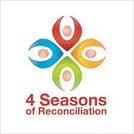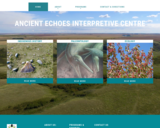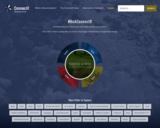
This resource is designed to support educators in fostering lifelong learning during Education Week and beyond, across various grade levels from Kindergarten to Grade 12. It includes engaging activities tailored to different age groups, focusing on themes of growth, exploration, and personal development.For younger students (K-2), activities like Learning Journey Maps and projects connecting Plants, Growth & Learning encourage them to visualize their educational milestones and understand the nurturing process. For Grades 3 to 6, resources such as Learning Timelines and Career Exploration projects help students reflect on their growth and investigate future career paths.In Grades 7 to 9, the Career Day Fair or Gallery Walk promotes collaboration and public speaking skills through research presentations. For older students (10-12), a PBL example project template offers a framework for project-based learning, while the Reflection Wall activity encourages meaningful self-reflection.Overall, this resource equips teachers with a variety of tools to engage students in their learning journeys, aligning with the theme of Education Week and empowering them to discover their passions and develop essential skills for the future.
- Subject:
- Career & Work Exploration
- English Language Arts
- Indigenous Perspectives
- Social Studies
- Material Type:
- Activity/Lab
- Lesson
- Author:
- Melissa Lander
- Kelli Boklaschuk
- Stephanie Ives
- Dayna Inkster
- Date Added:
- 10/07/2024

















